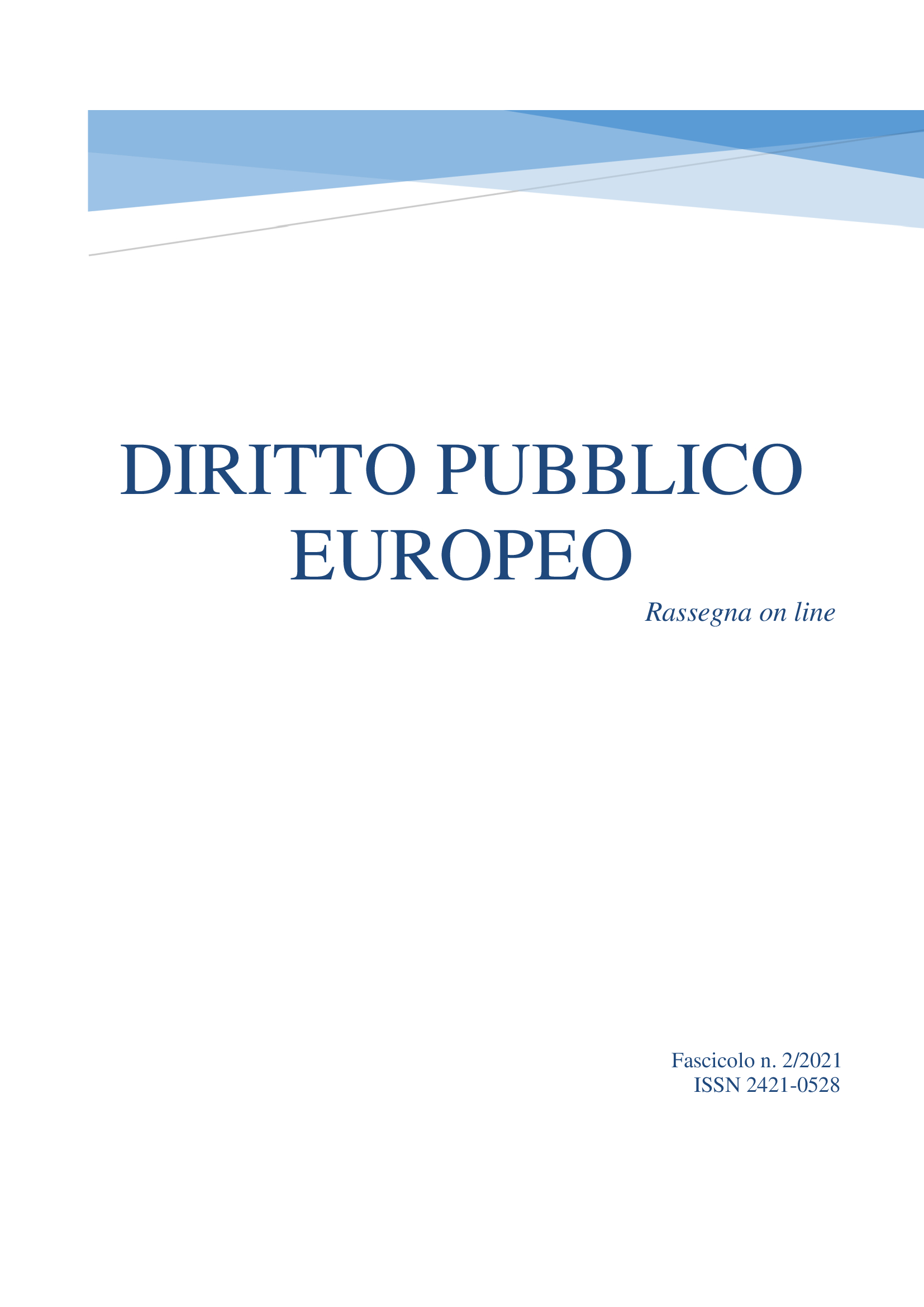University teaching in prison to the test of the health emergency
DOI:
https://doi.org/10.6093/2421-0528/8172Keywords:
prison, e-learning, covidAbstract
This research aims to analyze the right to treatment and re-education of convicts through the instrument of university education. It is no coincidence that general education was put in the first place in the penitentiary system before religion and work, to emphasize its crucial role in the development of the prisoner's sense of criticality and reflection. In fact, if we start from the axiom that prisoners must serve their sentence within a prison structure and that deprivation of liberty entails a more or less extended stay, it is essential to guarantee them dignified prison living conditions and, above all, that this period should be a precious opportunity for education and an opportunity to recover knowledge and professional training. At the University level in Italy 926 (897 men, 29 women) students enrolled in the academic year 2019/20, 30 Universities, 177 Departments, and 269 Degree Courses were involved. Though the numbers of students have increased in the last decade, the percentage of students enrolled in university prisons, out of the total prison population is still low about 1%. The pandemic wave called for new measures to guarantee the right to education inmates. The emergency laws guaranteed to all prisoners, even those under special detention regime, through the Internet, not only the right to education and information, but also to affectivity. Paradoxically, however, the opening to wider telematic solutions has ended up accentuating the digital divide between prisoners belonging to different penitentiary institutions, since they are not all equipped with the same equipment and connections.


